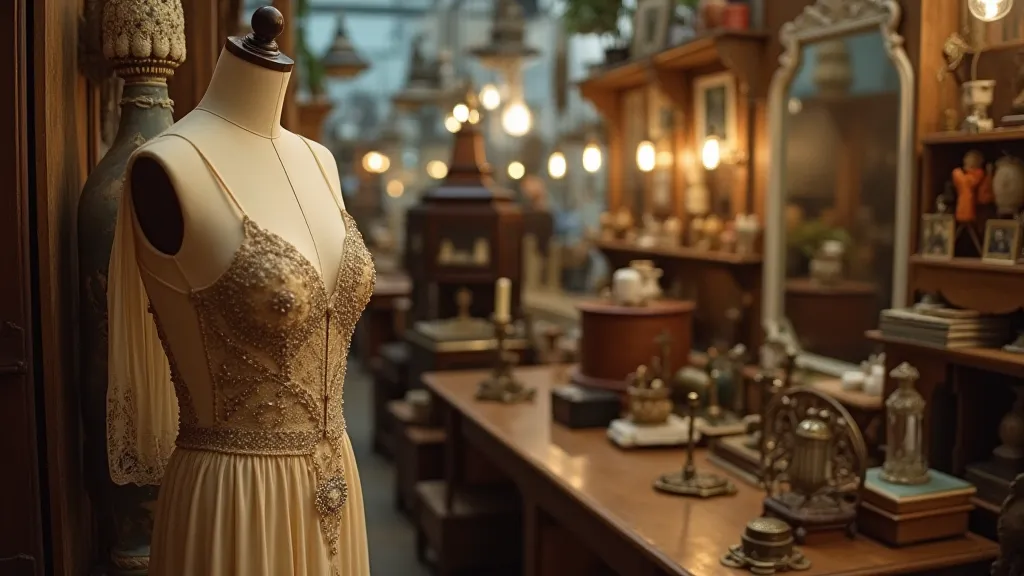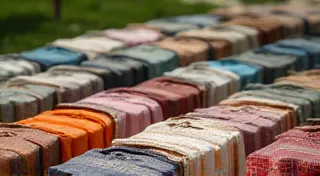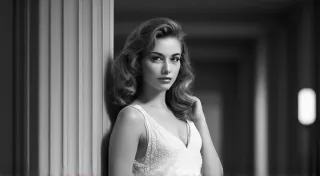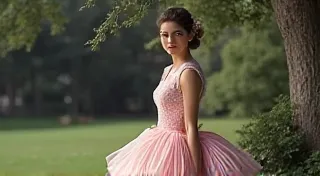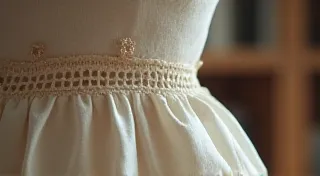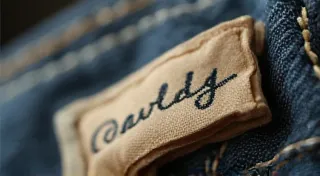The Art Deco Era: Fashion and Design
The Art Deco era, flourishing from the 20s to the 1930s, remains a period of captivating style and design. Emerging as a reaction to the ornate and somewhat oppressive styles of the Victorian and Edwardian eras, Art Deco embraced modernity, luxury, and a forward-looking aesthetic. This article delves into the influence of this pivotal movement on fashion, architecture, and design, showcasing its enduring appeal and relevance to vintage fashion enthusiasts.
A Reflection of the Times
Following the devastation of World War I, there was a yearning for optimism and progress. Art Deco perfectly captured this sentiment. Inspired by a blend of sources – Egyptian art (thanks to the discovery of Tutankhamun’s tomb), Cubism, Bauhaus, and Ballets Russes – it was characterized by geometric shapes, bold colors, luxurious materials, and a sense of dynamism. The rise of jazz music and the increased availability of mass-produced goods fueled the era's exuberance and accessibility.
Fashion Takes Shape: Key Trends
Art Deco fashion was as revolutionary as the architecture and design of the time. Women’s fashion dramatically shifted away from the restrictive silhouettes of the past. The “flapper” look became synonymous with the era, featuring dropped waistlines, shorter hemlines, and looser silhouettes that allowed for freedom of movement – essential for the energetic Charleston dance.
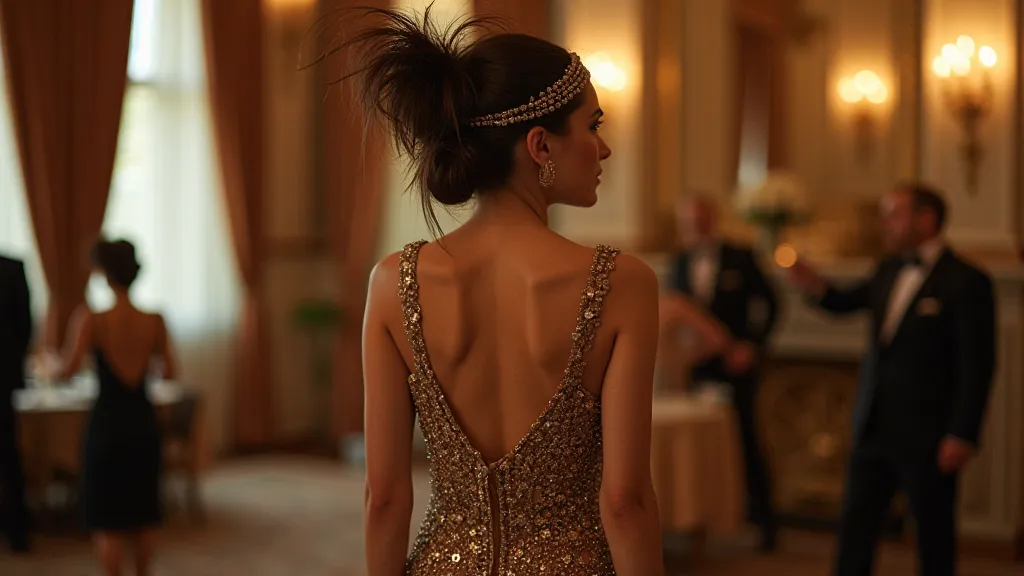
Key elements of Art Deco fashion included:
- Geometric Patterns: Think zigzags, chevrons, and sunbursts – these patterns adorned dresses, accessories, and even makeup.
- Luxurious Fabrics: Silk, velvet, and chiffon were staples, often embellished with intricate beadwork and embroidery.
- Bold Colors: While black and white were common, jewel tones like emerald green, sapphire blue, and ruby red were also popular.
- Embellishments: Beads, sequins, fringe, and feathers added sparkle and movement.
- Hairstyles & Makeup: Short, bobbed hairstyles were fashionable, often styled with finger waves. Makeup was dramatic, with dark, defined eyes and cupid's bow lips.
Beyond Clothing: Art Deco in Accessories
Art Deco's influence extended beyond clothing. Jewelry was characterized by geometric designs and the use of precious stones like onyx, jade, and diamonds. Cloche hats, with their close-fitting shape, were essential accessories. Shoes often featured T-strap designs and Art Deco-inspired detailing. Even handbags and gloves reflected the era's aesthetic.

The Legacy of Art Deco
Though its peak years were relatively short, the Art Deco era's impact on fashion and design is undeniable. It represents a pivotal moment in history, marking a shift towards modernity and a celebration of beauty and progress. Today, Art Deco continues to inspire designers and vintage fashion enthusiasts alike, reminding us of a time when glamour and optimism reigned supreme.
Art Deco and Sustainable Fashion
The enduring appeal of Art Deco is also intertwined with the growing interest in sustainable fashion. Choosing vintage Art Deco pieces offers a unique and eco-friendly way to express your style, breathing new life into beautifully crafted garments and accessories that were made to last. This also reduces the demand for fast fashion and contributes to a more circular economy.
